- home
- About Japan
- Basic Information
Basic Information
Japan is an island country in East Asia, located in the northwest of the Pacific Ocean. Even though it is a small island country non-adjacent to any other countries, Japan is an attractive country with various seasons from north to south, rich with tourism resources. Japan has a culture that combines both tradition and modernity which you cannot find in any other places. Begin your journey and explore the wonders of Japan!
Climate
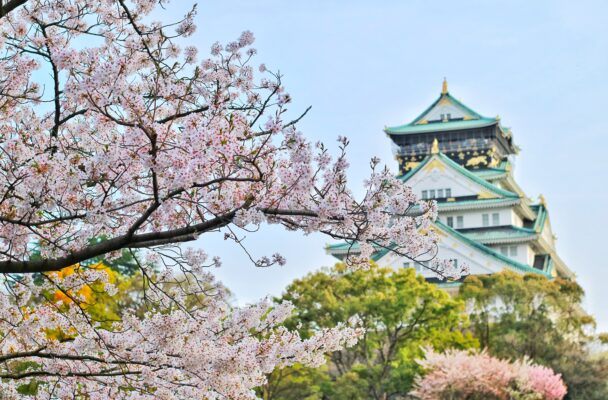
- Spring (March – May)
- Spring is from March to April in the southern to central areas of Japan, with the blooming of plum and peach trees followed by cherry blossoms (sakura in Japanese). In Tokyo, cherry blossoms are at their best between the end of March to the beginning of April. Parks are crowded with people enjoying hanami (cherry blossom viewing picnics) and talking about the beauty of the flower. This cherry blossom season is one of the most popular times to visit Japan.If you can’t come to Japan during this time, no worries, you can come to Hokkaido and the Tohoku region in May. These areas are late in the blooming of cherry blossoms compared to the other areas. You can also enjoy different types of cherry blossoms in various areas of Japan. It is a comfortable season to visit but the temperature changes in some areas, so we recommend you to bring a jacket to adjust to the climate.
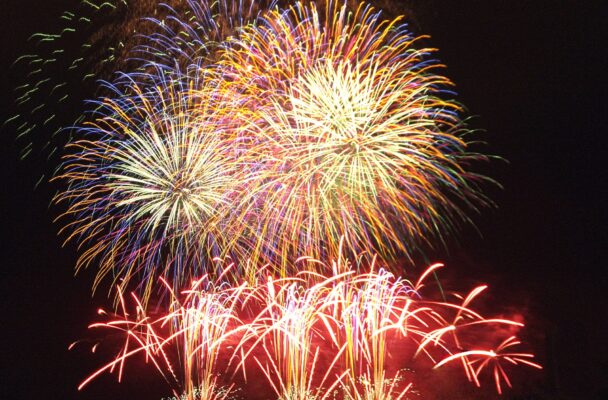
- Summer (June – August / September)
- Summer in Japan starts from June with a rainy season which lasts about three or four weeks depending on the area. The temperature goes high during the day until late August or early September, so we recommend wearing cooler clothing such as shorts and t-shirts. Matsuri (summer festivals) and firework festivals are held all around Japan during this time, which is a unique event you can enjoy in no other places. You will also meet people wearing yukatas and maybe even try for yourself to enjoy and experience the Japanese culture!

- Autumn (September / October – November)
- The pleasant temperature and brilliant blue skies of autumn make this time of year ideal for traveling. It is especially beautiful in the middle/end of November when the leaves change color. There are many fans from around the world for these autumn leaves. The view of temples and shrines with the autumn leaves is a must see when you are in Japan during this time of the year. It is recommended to bring a long-sleeved shirt or a light jacket as it gets chilly in October and a coat in November. We have typhoons in September, so please check the local weather forecast closely.
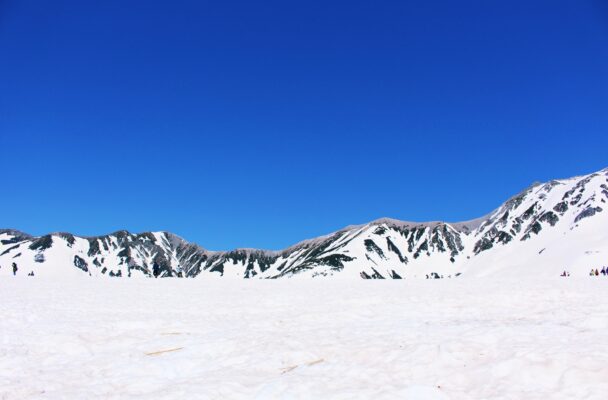
- Winter (December – February)
- Enjoy beautiful snow in Hokkaido, Tohoku and areas along the Japan Sea! Mountainous areas such as the Japan Alps (central Japan) are also covered by snow. Niseko in Hokkaido, for example, is known for its best ski resorts with powder snow. Snow festivals held in specific areas and snow monkeys bathing in hot springs are other popular tourist attractions. Please do not forget to bring a coat in December and a down jacket, scarf, and gloves in January and February!
Time Zone Difference
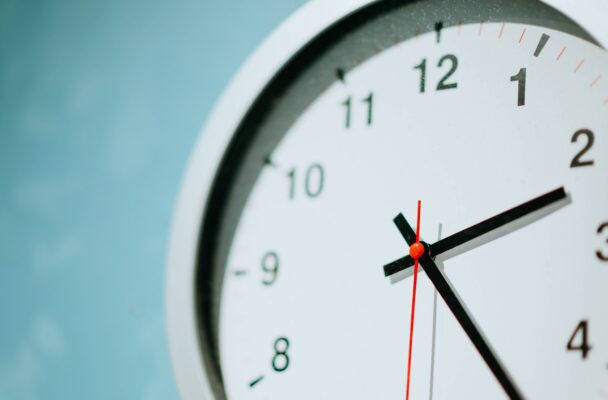
Time Zone in Japan is called JST (Japanese standard time)
・GMT +9 (Greenwich Mean Time)
・UTC +9 (Universal Time, Coordinated)
The time difference between Japan and major cities around the world (not considering daylight savings time) is as follows:
Los Angeles -17 hours, New York -14 hours,
London -9 hours, Paris -8 hours, Rome -7 hours,
Singapore/Bangkok -2 hours, Sydney +1 hour.
Money
The unit of Japanese currency is yen. Coins come in 1 yen, 5 yen, 10 yen, 50 yen, 100 yen, and 500 yen. Bills come in 1,000 yen, 2,000 yen, 5,000 yen, and 10,000 yen. (Note: 2,000 yen bills are still in use but are not commonly used in Japan nowadays)
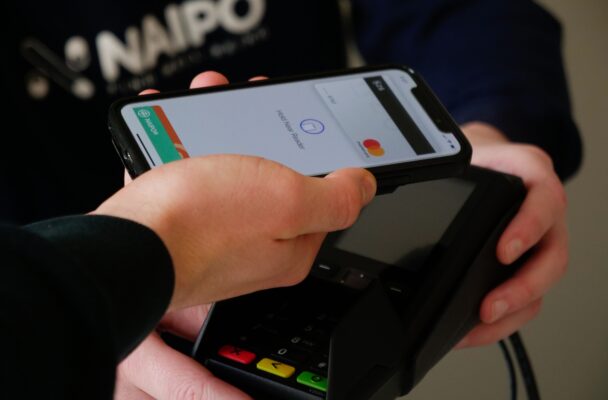
- Payment Method in Japan
- These days, Japan is making a shift from a cash only society to a cashless society. There are a variety of payment options such as credit cards, electronic money and smartphone payment services. Simple and easy payment saves your time at the register. Also, you don’t have to worry about coming into contact with people. It is becoming more widespread and can be used in many facilities, including convenience stores. But if you prefer to use cash, no problem, mostly all of the places you visit still accept cash!

- Currency Exchange
- You can convert foreign currency at most banks, hotels, airports, or tourist facilities that have a Currency Exchange sign.
Banks are open from 9 am to 3 pm and are closed on weekends and public holidays. The ATMs are at most convenience stores so you can withdraw Japanese yen from there.
Tipping
Tipping is not customary in Japan, so you do not need to feel obliged to pay it. Major hotels and restaurants will add a 10 to 15% service charge in your bill.
Internet Access
Free Wifi services are available in most of the hotels and some facilities including airports and major train stations. However, there are still not so many Wifi hotspots available in Japan, so we recommend you to rent a pocket Wifi router in advance. NTA has Wifi router rental service so feel free to contact us for more information!
Medical Support
During your trip, you may experience an unexpected illness or injury. Japan has a high international standard of medical services and facilities. Some of the institutions have English speaking staff available, so check with your hotel or NTA staff if you need urgent attention.
Don’t forget to pack any prescription medicines you need and would be better to have a list of any past or present illness.
Phone Call / Emergency Contact
The Japanese country code is +81. You can make a call by adding +81 at the beginning.
In case of an emergency, please call the corresponding telephone number below.
Calls can be made from public payphones, mobile phones and are sometimes available free of charge.
- 110:Police
- 119:Fire and Ambulance service



